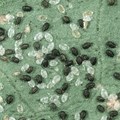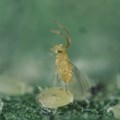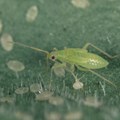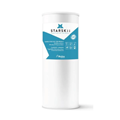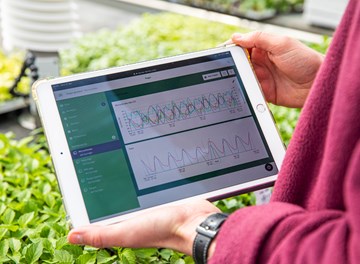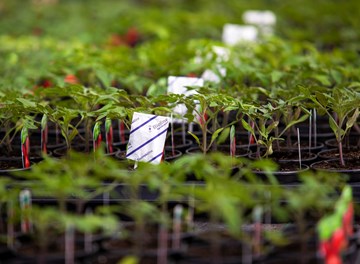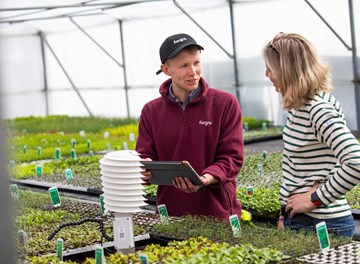
High numbers of whitefly produce large quantities of honeydew encouraging black sooty mould.
Find out more about our whitefly controls
Encarsia formosa - This parasitic wasp attacks by host feeding on younger whitefly larval stages and parasitising in the third and fourth larval stage of the glasshouse whitefly, Trialeurodes vaporariorum.
The adult wasp lays 60-100 eggs singly into whitefly scales, which turn black as the parasite develops.
Eretmocerus eremicus - This very useful parasitoid can attack, kill and develop in several whitefly species, including Bemisia tabaci (cotton whitefly) and Trialeurodes vaporariorum (glasshouse whitefly).
It attacks whitefly by host feeding on younger larval stages and parasitising the second larval stage. Performs well in warmer climates and in fluctuating temperatures and is likely to last all season long.
Macrolophus pygmaeus - Adults and nymphs attack all stages whitefly, but will feed on other pests such as leafhopper, caterpillar, leaf miner, spider mite and most soft bodied prey.
Amblyseius swirskii - Contains the predatory mite, Amblyseius swirskii. Primarily used to control whitefly (Trialeurodes vaporariorum and Bemisia tabaci) eggs and larvae.
It will not control established populations or where large numbers of adults are moving into the crop.
